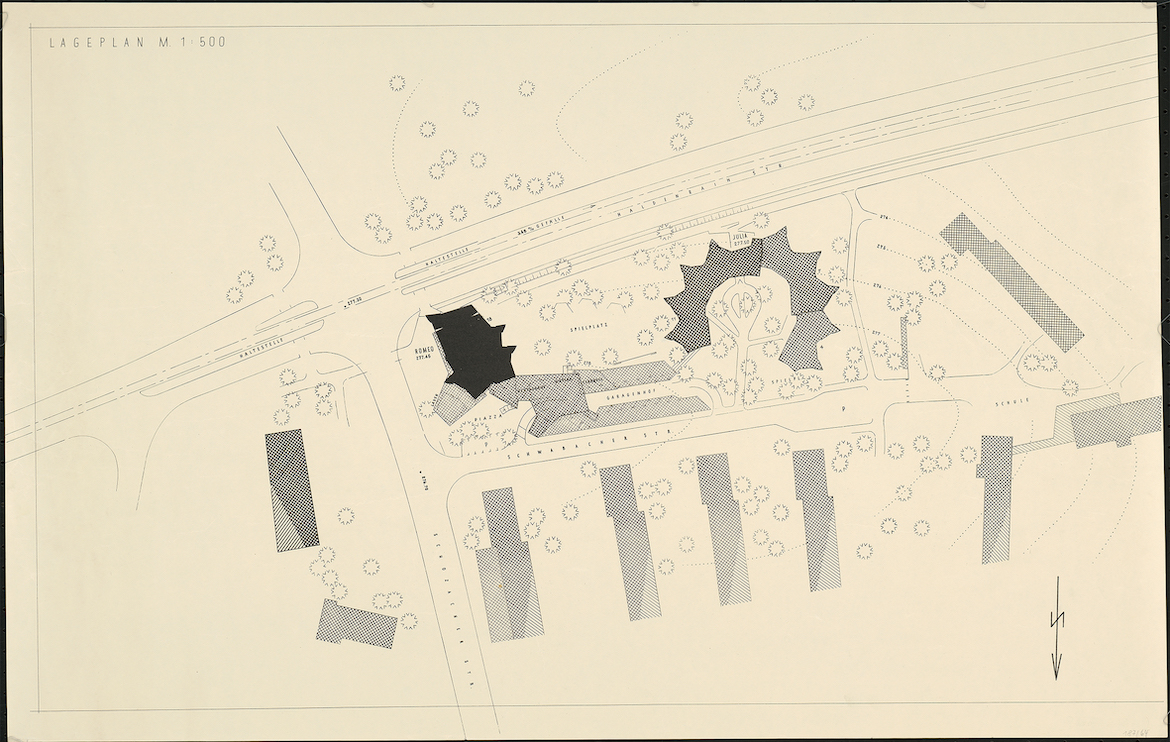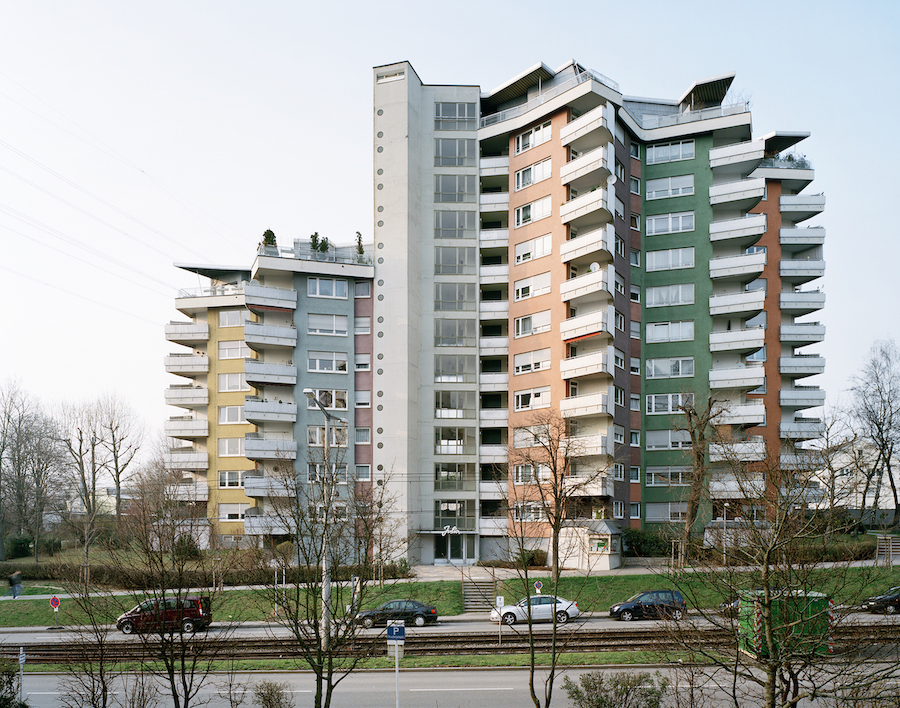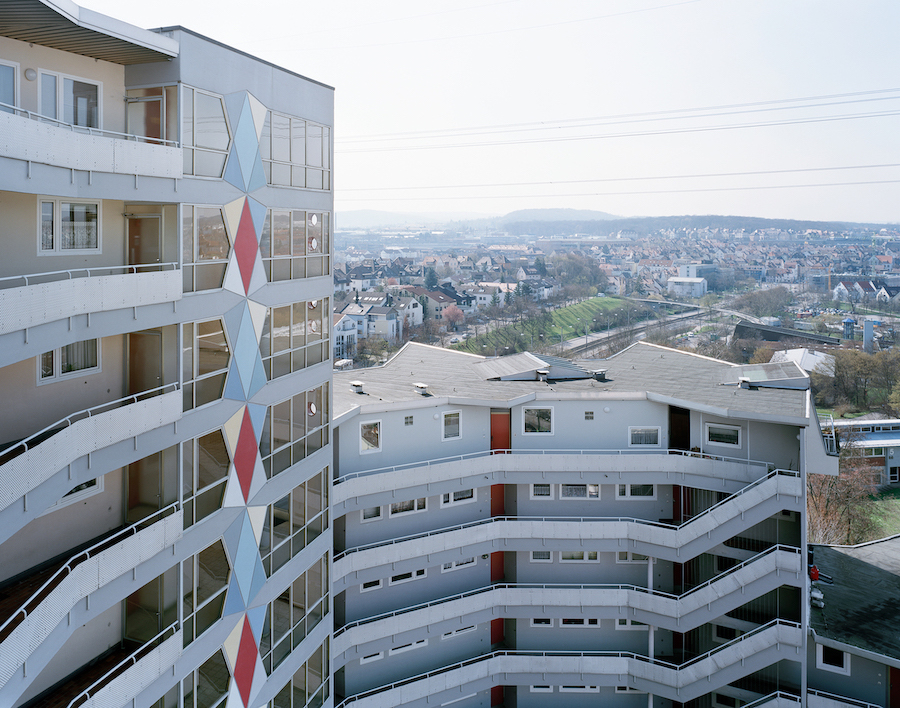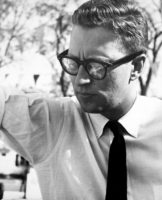Every now and then, an architecture book comes along that reminds you of all the things you love about architecture. In this particular case, it may not be because you necessarily love the subject of the book—an apartment complex in Stuttgart, Germany—or, frankly, have ever even heard of it (though a pair of high-rises called Romeo and Julia is hard to forget). Its architect, Hans Scharoun, along with his slightly older compatriots Hugo Häring and Bruno Taut, is often considered, with his particular brand of organic architecture, to be on the fringes of Modernism rather than one of its leading figures.

Scharoun’s work may not be that familiar to most readers outside of his paradigmatic Berlin Philharmonic; he won the competition to design it in 1956, a year before Romeo completed construction and three years before Julia opened. But the documentation of Scharoun’s simultaneously meticulous and messy design process, often presented in this sizable book on a facsimile of its original matte beige sketch paper, is astonishing, a “back to basics” architecture informed by extensive research—his own and that of colleagues in related fields who set out to solve the housing crisis in postwar Germany—and countless drawings of a kind that have become foreign to our contemporary eyes, now accustomed to lifelike renderings and slick animations to illustrate a project.
The documentation is thanks to the Akademie der Künste Berlin, where Scharoun served as president from 1956 to 1968. Shortly before his death in 1972, he donated to the arts academy some 25,000 drawings, 14,000 photographs, and vast written records pertaining to 331 projects, around 90 of which were actually built.

For Scharoun, the design was guided by a humanistic approach. The 18-story Romeo has a compact, fairly conventional polygonal footprint, while Julia spreads out in a lace-collar-like footprint with diamond-shaped units around a single-loaded corridor, and staggers in height from seven to 11 stories. The striking towers, with their lively facades adorned with swaths of color, pointed balconies, and geometric motifs, still stand in Stuttgart, as a series of recent photographs at the end of the book attest. As the book explains, the history of how small dwellings evolved cannot be written without discussing their relation to the city as a whole. The authors credit Scharoun with “refining a method in which the individuality of the apartment and the multiplicity of the form are integral to the creative process.”

The book is sprinkled with quotes—just as relevant today as back in Scharoun’s day—by prominent figures in prominent type at the beginning of each chapter: “Always getting to the bottom of things, we drown,” from Nietzsche, and “A period of crisis . . . is also one of theoretical research,” from Karl Marx among them. They are a reminder that, in the more than 65 years since Scharoun designed Romeo and Julia, the process and the methods may have changed—in this case, to develop “die billige, gute wohnung” (literally, “the cheap, good apartment”)—but the efforts to build decent housing, affordable and otherwise, in and around our cities, continues as one of the central projects of the profession.









Post a comment to this article
Report Abusive Comment